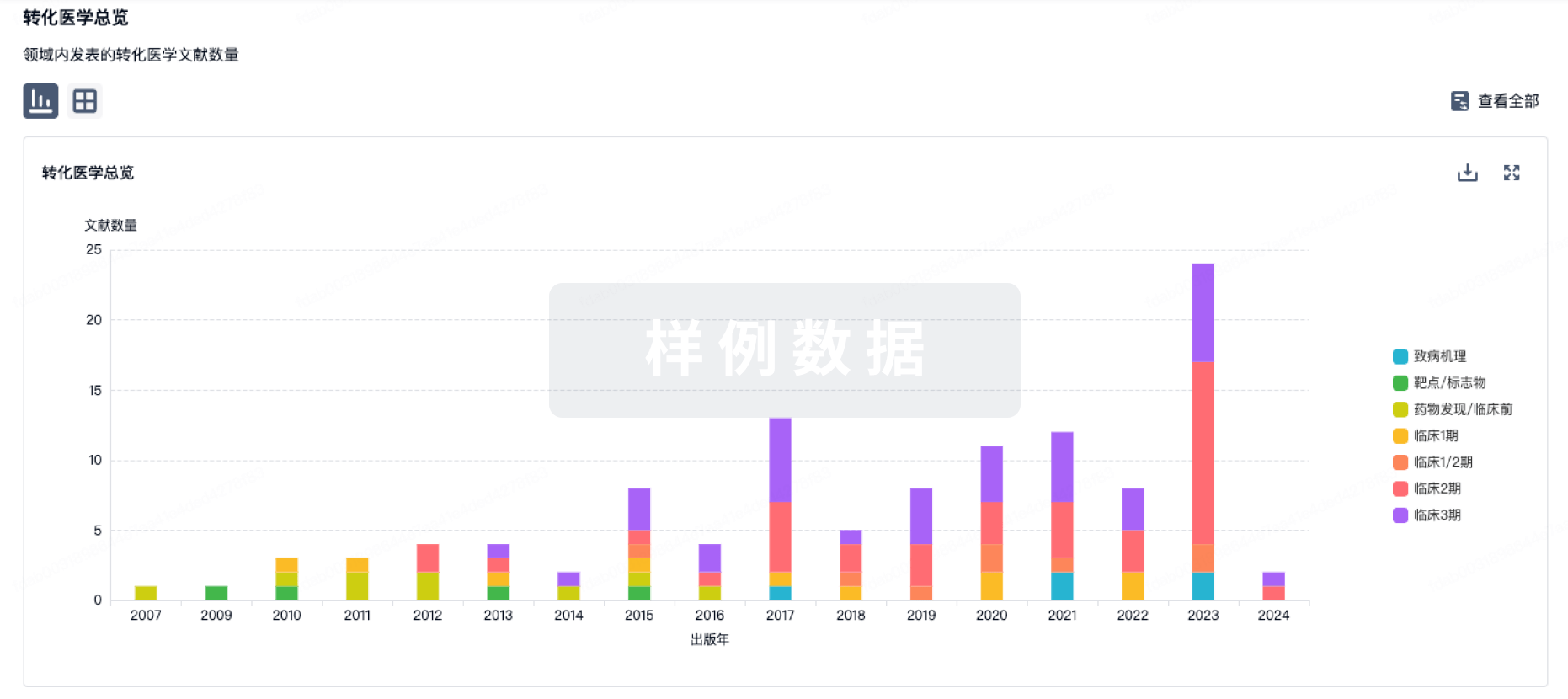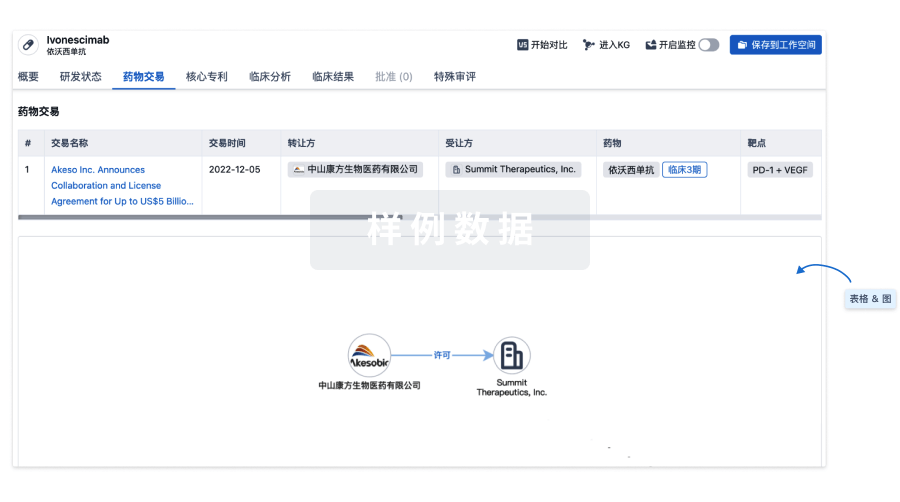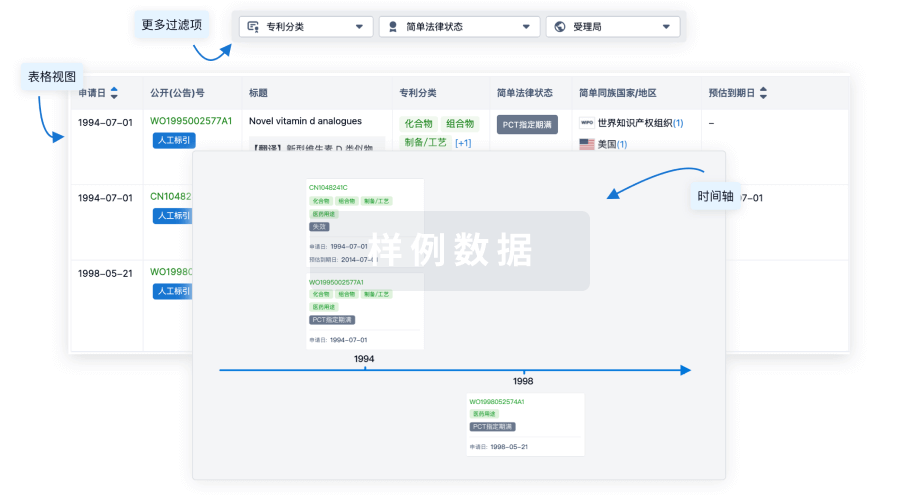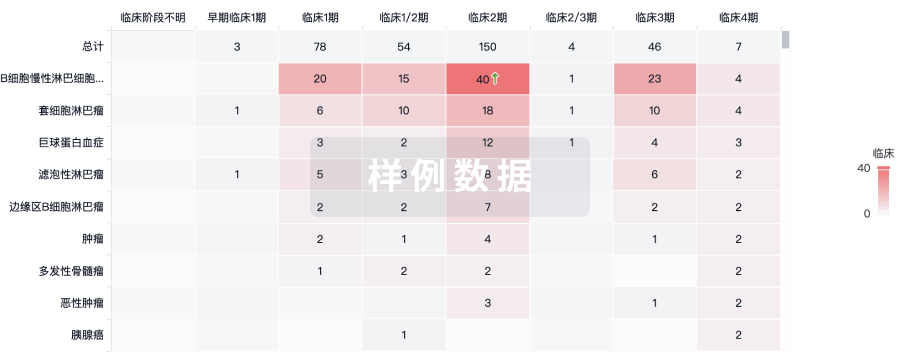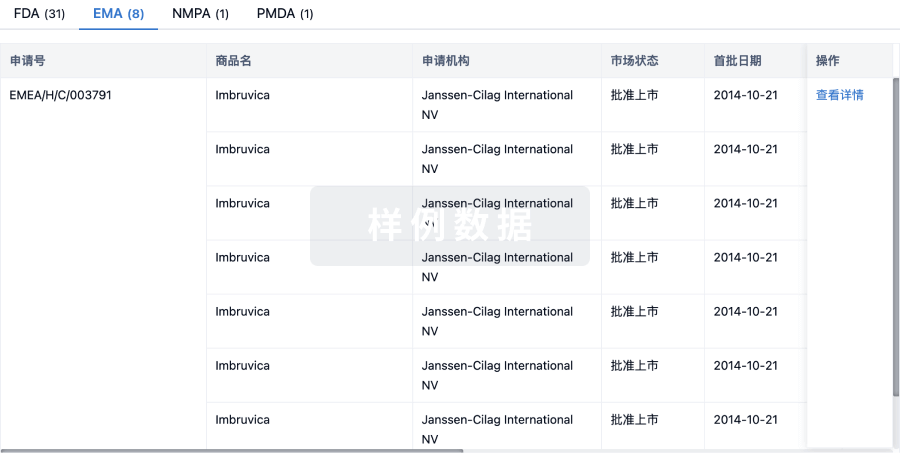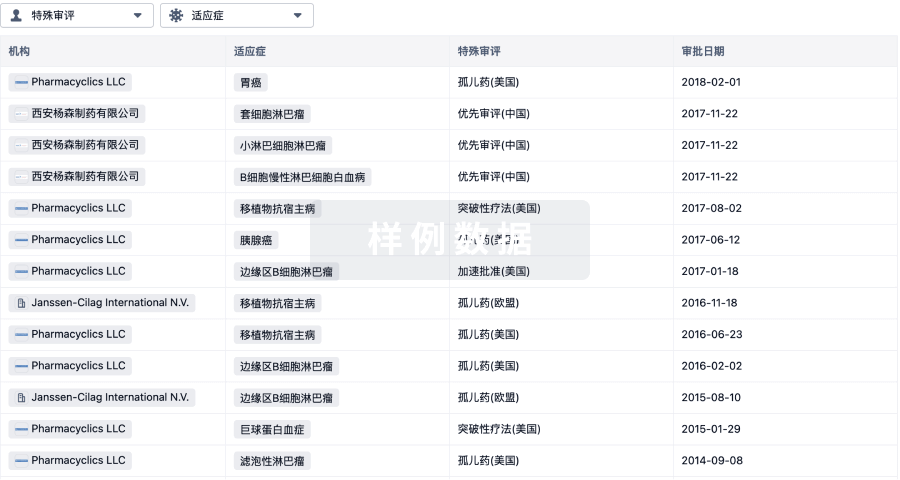The interaction of the cell with its surrounding extracellular matrix (ECM) has a major effect on cell metabolism. We have previously shown that chondrons, chondrocytes with their in vivo-formed pericellular matrix, can be enzymatically isolated from articular cartilage. To study the effect of the native chondrocyte pericellular matrix on ECM production and assembly, chondrons were compared with chondrocytes isolated without any pericellular matrix. Immediately after isolation from human cartilage, chondrons and chondrocytes were centrifuged into pellets and cultured. Chondron pellets had a greater increase in weight over 8 weeks, were more hyaline appearing, and had more type II collagen deposition and assembly than chondrocyte pellets. Minimal type I procollagen immunofluorescence was detected for both chondron and chondrocyte pellets. Chondron pellets had a 10-fold increase in proteoglycan content compared with a six-fold increase for chondrocyte pellets over 8 weeks (P<0.0001). There was no significant cell division for either chondron or chondrocyte pellets. The majority of cells within both chondron and chondrocyte pellets maintained their polygonal or rounded shape except for a thin, superficial edging of flattened cells. This edging was similar to a perichondrium with abundant type I collagen and fibronectin, and decreased type II collagen and proteoglycan content compared with the remainder of the pellet. This study demonstrates that the native pericellular matrix promotes matrix production and assembly in vitro. Further, the continued matrix production and assembly throughout the 8-week culture period make chondron pellet cultures valuable as a hyaline-like cartilage model in vitro.
